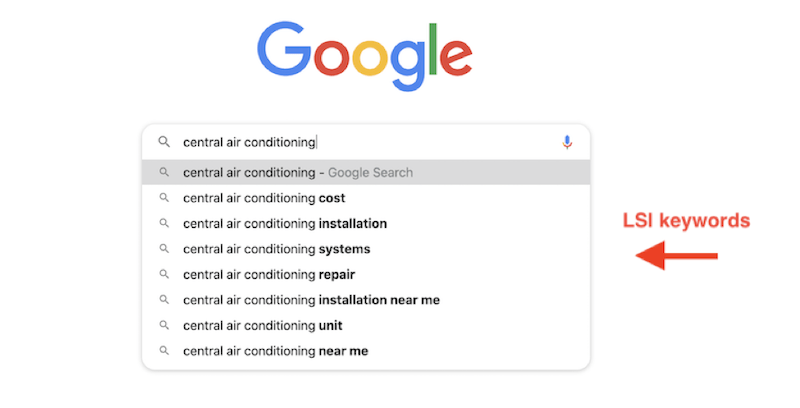When it comes to optimizing your website for search engines, keywords play a pivotal role in determining your visibility and ranking. By incorporating relevant keywords into your content, you help Google understand the relevance of your pages to specific search queries. But how many keywords should you use? Is there an optimal number that ensures the best SEO results? This comprehensive guide will delve into the intricacies of keyword usage, providing you with actionable insights and best practices.

Image: www.wordstream.com
The Evolving Landscape of Keyword Optimization
The number of keywords to use for SEO has always been a subject of debate in the digital marketing realm. In the early days of search engine optimization, keyword stuffing was a common practice, where webmasters would cram their content with as many keywords as possible to artificially boost their rankings. However, with Google’s algorithm becoming increasingly sophisticated, this tactic has long since been rendered ineffective and could even result in penalties.
Keyword Density: Striking a Delicate Balance
Keyword density, or the percentage of times a keyword appears in your content compared to the total number of words, was traditionally used as a metric for keyword optimization. A density between 1-2% was often considered ideal. However, this approach has become less relevant as Google places more emphasis on the overall quality and relevance of content rather than strict keyword counts.
Focus on Natural Language and Relevance
Instead of chasing a specific keyword count, prioritize using keywords naturally within your content in a way that aligns with how people actually search and ask questions. Write for human readers first, ensuring that your content is informative, engaging, and flows seamlessly with relevant keywords woven into the narrative.

Image: mjseo.agency
Intent-Driven Keyword Optimization
With the rise of voice search and conversational search queries, understanding user intent has become crucial for effective keyword optimization. Consider what your target audience is looking for, what questions they might be asking, and optimize your content to match those search patterns. By anticipating the intent behind search queries, you can create content that provides genuinely valuable and relevant answers.
Emphasize Primary and Secondary Keywords
While there’s no definitive answer to “how many keywords should I use,” it’s generally beneficial to have a primary keyword that represents the main topic of your page and 1-3 secondary keywords that support the primary keyword and cover related search terms. Place these keywords strategically in your title, headings, and throughout the content, avoiding excessive repetition or keyword stuffing.
Long-Tail Keywords: A Powerful Targeting Tool
Long-tail keywords, often consisting of three or more words, are more specific and less competitive than short-tail keywords. Targeting long-tail keywords can help you reach audiences with more specific search queries, potentially yielding higher conversion rates. By focusing on long-tail keywords, you can optimize your content for niche topics and cater to a more targeted audience.
How Many Keywords To Use For Seo
In Conclusion
Understanding how many keywords to use for SEO is not just about following a specific formula or rule. It requires a holistic approach that blends relevance, user intent, and natural language optimization. By focusing on creating high-quality, engaging content that addresses the search intent behind specific keywords, you can achieve effective SEO results while avoiding the pitfalls of keyword stuffing and outdated practices.